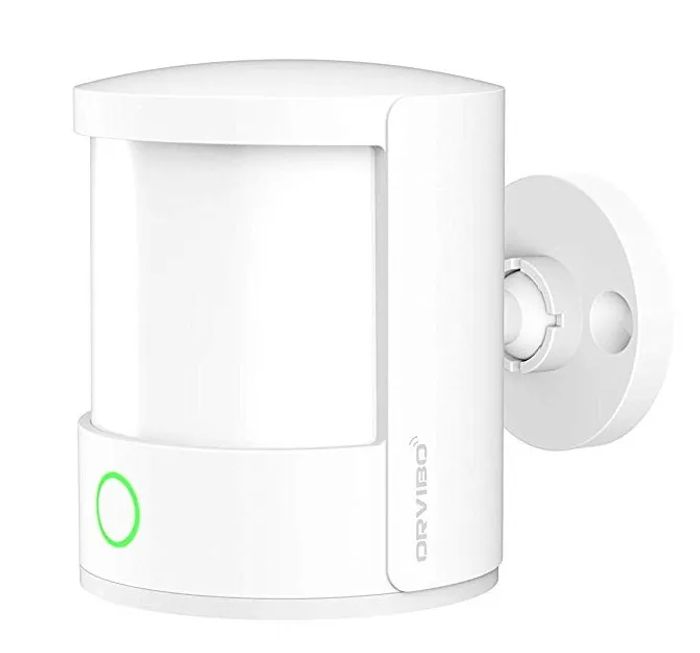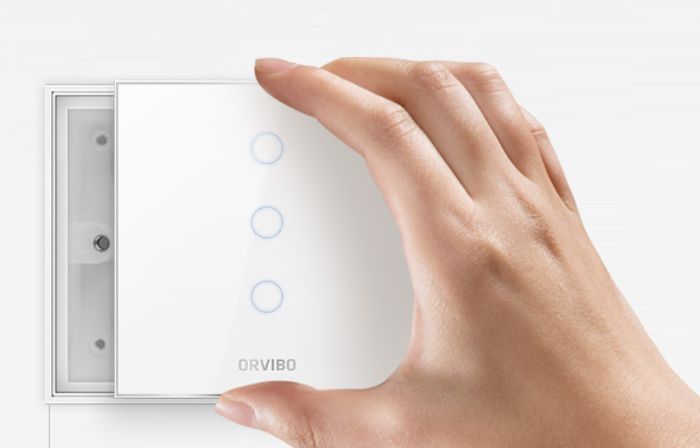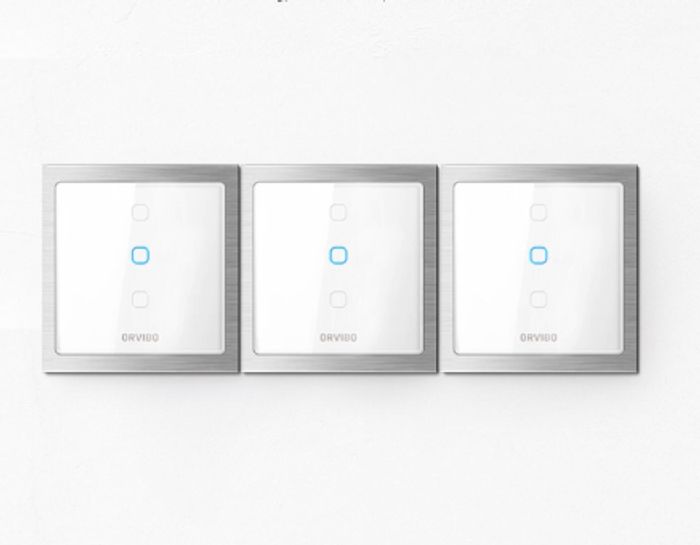Smart Building
Smart building; Experience a fictional life in reality
The smart building, future buildings
Nowadays, the word “smart” has become increasingly common among us: smartwatch, smart TV, and smartphone. This term is actually used to define smart products that are the result of the evolution of new technologies used in everyday life. Now imagine using these modern technologies, which are often the result of the efforts of experts in the field of Internet of Things (IoT) development, how can they be applied to buildings that are technologically advanced?

Smart buildings and the Internet of Things (IoT)
Smart buildings are trying to create more comfortable, safer, and productive environments for their residents by applying Internet of Things (IoT) innovations. The concept of a smart building can be extended to residential, commercial, and industrial buildings. Thanks to the capabilities of implementing Internet of Things (IoT) devices to collect, process, and analyze data from different elements and areas, it is possible to achieve automatic management of the real-time performance of different parts of a building. In addition, increasing energy efficiency and improving the level of security and safety are also other achievements of using the Internet of Things (IoT) in the process of building smartness.
The goals of smartening buildings
Currently, many companies and public institutions, and even residential buildings seek to optimize their resources to achieve better performance and sustainable development. Thanks to Internet of Things (IoT) technologies and automation techniques, it is possible to develop buildings that are able to optimize energy consumption, help reduce environmental impacts, and increase the level of security and safety of their occupants or users.
In other words, it can be said that by paying a reasonable fee to make the building smart, you can create a safe and comfortable environment for yourself and other residents of the building. At the same time, other features such as remote control of building equipment and optimization of services and structures are also obtained
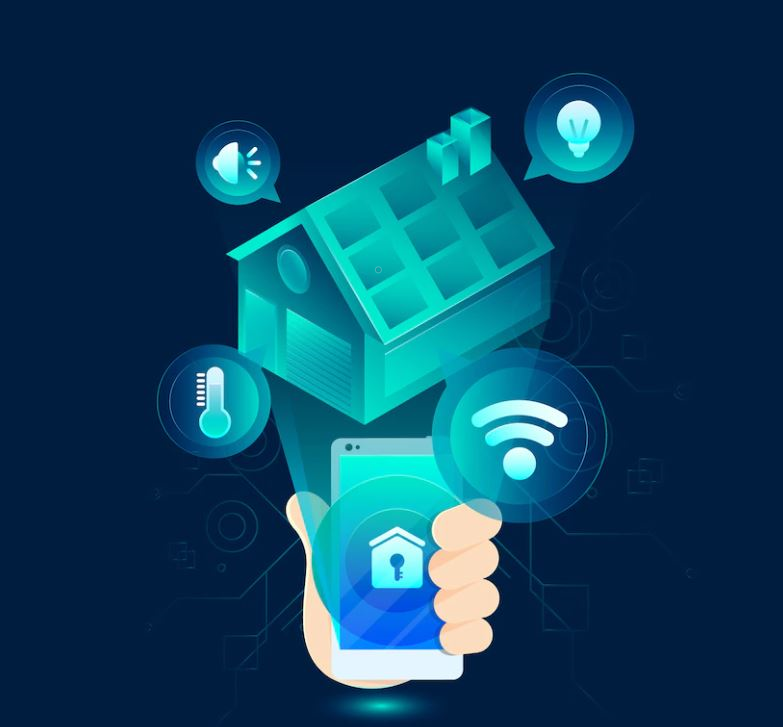
What makes a building smart?
Although there are many types of Internet of Things (IoT) technologies that are used in building smartness, some of the most important equipment is:
- Central processor
Processors can be called the beating heart of smart building equipment. Because the central processor is responsible for analyzing the collected information and establishing communication between all components.
- Sensors
Collecting information from the environment and sending it to the central processor is one of the tasks of the sensors. Motion sensors, temperature, building and parking entrance door opening sensors, door, and window sensors, etc. are among the most widely used and important sensors in the process of building smartness.
- Wall panel
The panel is actually a screen for controlling and accessing all the electrical equipment of smart buildings that are used in different sizes and shapes.
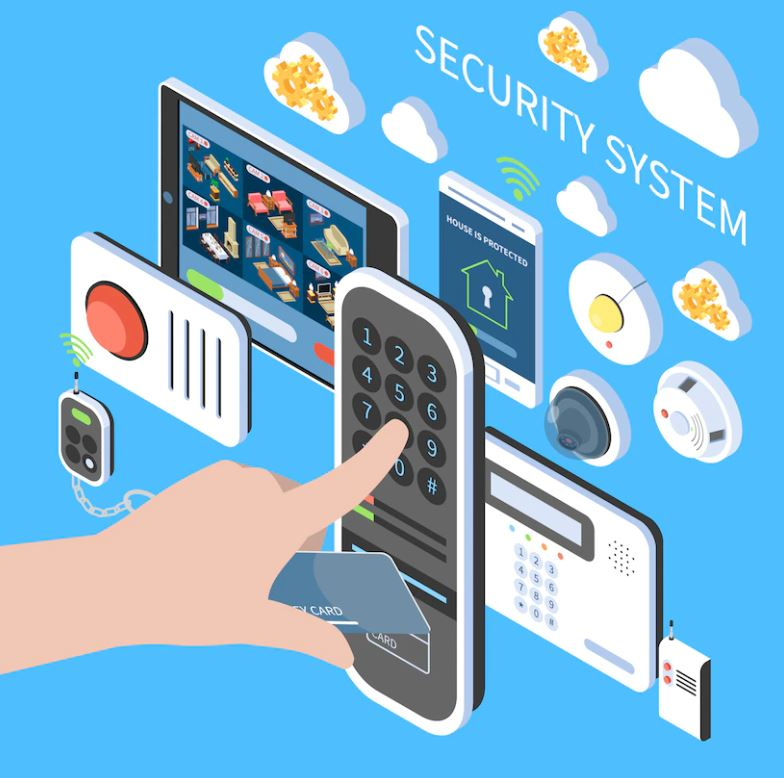
- Actuator
The actuator is one of the most widely used equipment in smart buildings, whose task is to cut and connect the electricity flow. Using smart relays, you can control lighting, heating and cooling systems, ventilation, electric valves, and other electrical installations of the building.
- Security cameras
Use of security cameras is one of the other pieces of equipment that help make buildings smarter by showing the interior and exterior of the building. Using the night vision feature of these cameras helps to see the dark space outside the building as well.
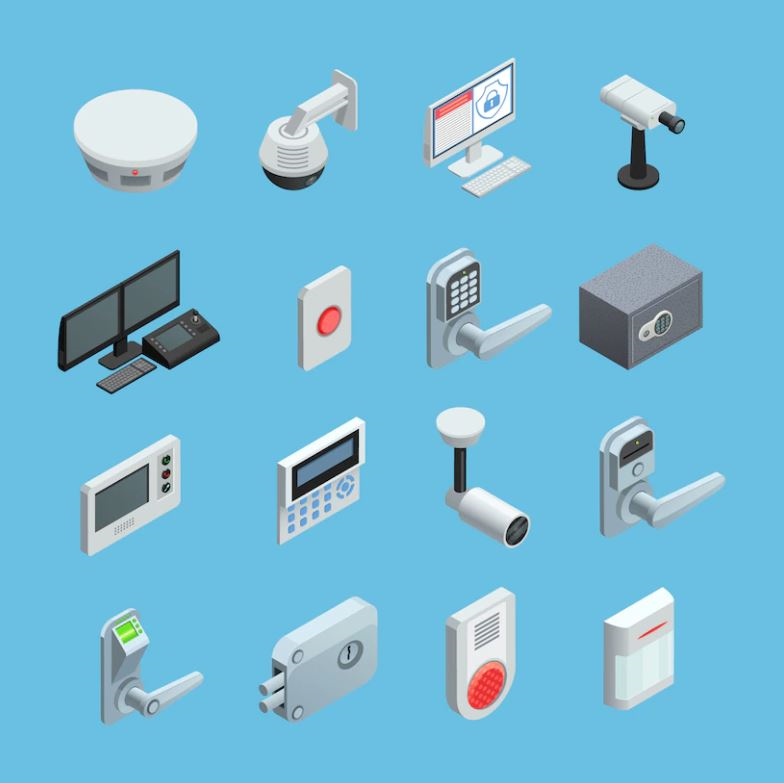
Get to know the best features of smart buildings!
As the manager of a building, you are asked this question: Does your building have the necessary facilities to provide facilities such as the following?
Access to building equipment and facilities at all times, with the ability to provide real-time reports that are monitored by a central system;
- When a fire alarm is activated, these alarms are analyzed and visually reviewed through the video surveillance system;
- A system that responds to changing weather conditions to reduce the comfort of residents in energy supply and consumption;
- A system capable of predicting the possibility of failure in the operational components of the building, such as the HVAC system, and announcing relevant warnings;
These are just a few examples of the many benefits of implementing the Internet of Things (IoT) in buildings and making them smarter.
Let's take a look at other benefits of building smartness:
- Increasing building security
- Convenience and a more enjoyable life
- Reducing environmental harm
- Prediction and prevention of danger
- Management of building equipment remotely
- Increasing energy efficiency and reducing costs
- Improving the performance of building devices and equipment
- Saving time and increasing the productivity of building facilities

Getting to know the different parts of a smart building
- Smart touch keys
Modern smart keys replace traditional keys in smart buildings. These keys have different types of wired and wireless, and some models even have a dedicated processor inside the key hardware. In addition to the ability to control and adjust cooling, heating, ventilation, and lighting by touch, these keys also have the ability to control remotely and via the Internet.
- Intelligent lighting system
Smart lamps, smart switches and sockets, smart windows, and smart blinds are among the equipment that is very important in making the lighting system of a building smart.
- Intelligent security system
Such as smart security cameras, smart locks, smart handles, and smart touch panels, the key role of which is clear to everyone in raising the security level of buildings.

- Intelligent safety system
In order to minimize the risks caused by fire and take safety measures in the initial moments of fire, a fire notification system has been designed. In smart buildings, the fire alarm and extinguishing system use audio and visual signals to warn people when there is a fire, the presence of smoke, or the presence of carbon monoxide in the place.
- Smart cooling and heating system
Smart thermostats are actually a device to control the cooling and heating system of buildings. These programmable thermostats allow users to check the temperature of the building and heating and cooling devices by defining a certain time schedule, and having two winter and summer modes, provides the ability to control the temperature in the defined intervals. With the help of smart thermostats, it is possible to control the temperature of the building from any place through the internet or an application on a smartphone, and even turn off or on the cooling and heating devices. Controlling the temperature of the swimming pool, sauna, jacuzzi, and even the bathtub is another feature that can be implemented with the help of smart thermostats.
- Smart video monitoring
With the help of video surveillance cameras, it is possible to see all the traffic inside the building on your smartphone wherever you are.
- Smart parking
Smart parking lots work based on RFID technology. For this purpose, sensors are installed in the parking lot or on the body of the cars to collect and analyze the entry and exit information.
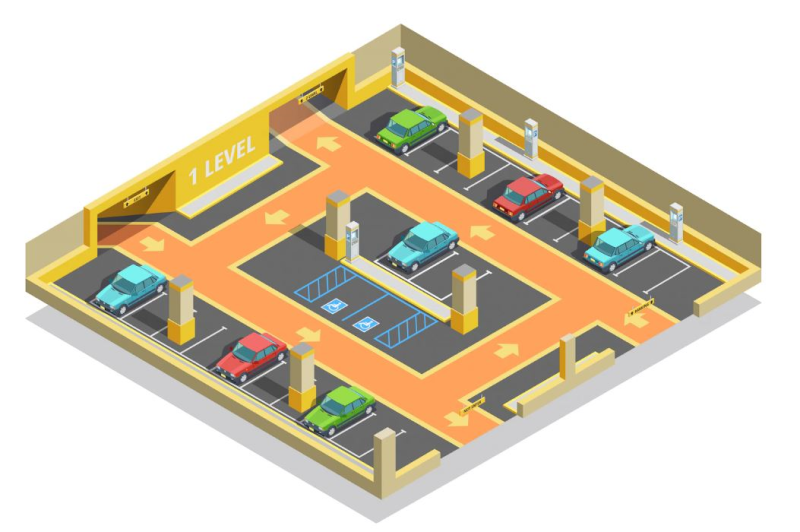
- Smart irrigation system
The intelligent irrigation system automatically irrigates the green space inside the building area according to the predetermined schedule at the specified time.
- Smart water, electricity, and gas meter
By installing diagnostic sensors on each type of meter (water, electricity, and gas) in smart buildings, in addition to optimizing energy consumption, it is also possible to contribute significantly to improving the safety level.

Build a smart building with the IoT Smile platform!
IoTSmile is an integrated operation platform to start centralized management of all your assets. An operational platform based on the Internet of Things (IoT) and Big Data technologies that allow you to get the most out of your building. This platform analyzes and manages data through a user interface and has the ability to integrate with other existing tools and platforms.
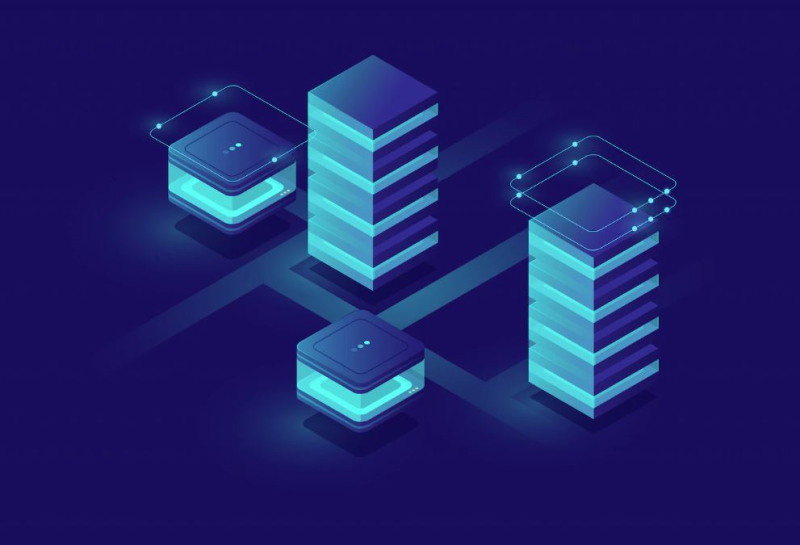
In this article, we discussed various applications of the Internet of Things (IoT) in building smartness. Now, in order to receive advice and prepare any of the products, you can contact us by calling the numbers announced on the site, sending an email, or registering a ticket. Our colleagues are ready to answer and guide you.
References:
- Nexusintegra: The 6 features of smart buildings
- Zenatix: Top 6 Features of Connected Building-MAY 24, 2022
- Iota-communications: The 4 Components That Make A Smart Building Ecosystem-March 12, 2019
- Resonai: What Are Intelligent Buildings? A Beginner’s Guide to Digital Facilities-October 13, 2021
foundNothing



